Lucky Tree - Discover How to Care for a Jade Plant
The plant referred to as lucky tree, money tree, money plant or jade plant is nothing else than _Crassula ovata._ It has been quite popular recently and it can be found in many houses. The jade plant does not only look great but also is not very demanding. All it needs is standard care - and _Crassula ovata_ will keep its looks and highly saturated green color. Are you wondering if the lucky tree is for you? Check the most important info.
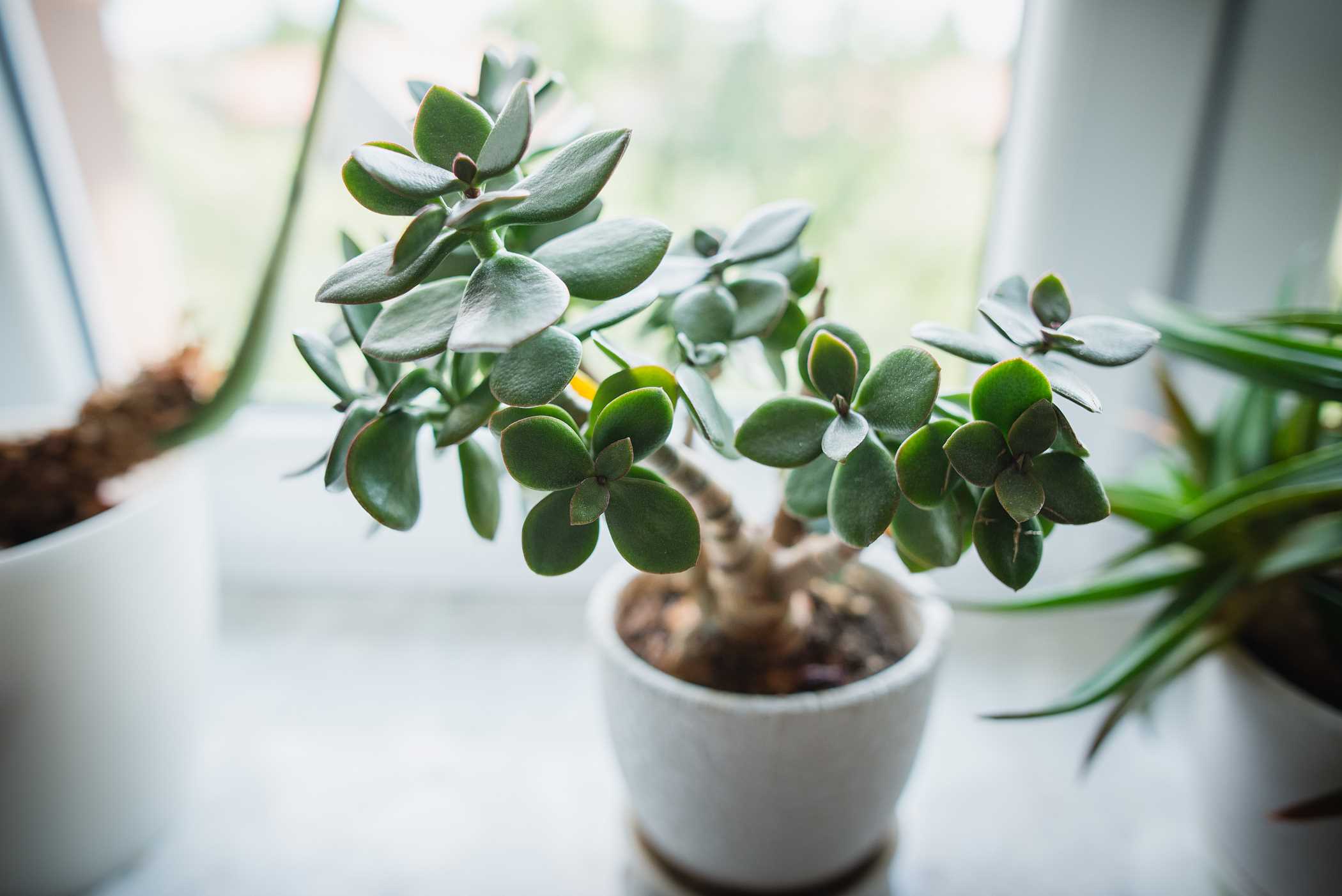
What is the lucky tree - also known as jade plant?
The jade plant has a few hundreds of species all over the world. Crassula ovata and Crassula arborescens are the most popular ones. The succulent is often called lucky plant or money tree. Sometimes, the jade plant is mistaken for a bonsai - although, because of its shape and slow growth it is, in fact, possible to form this plant as a bonsai tree.
Crassula ovata is characteristic for its thick branches and unusual-looking leaves. The latter have very intense, saturated color. Depending on the care method, the lucky tree can grow up to 1 meter tall.
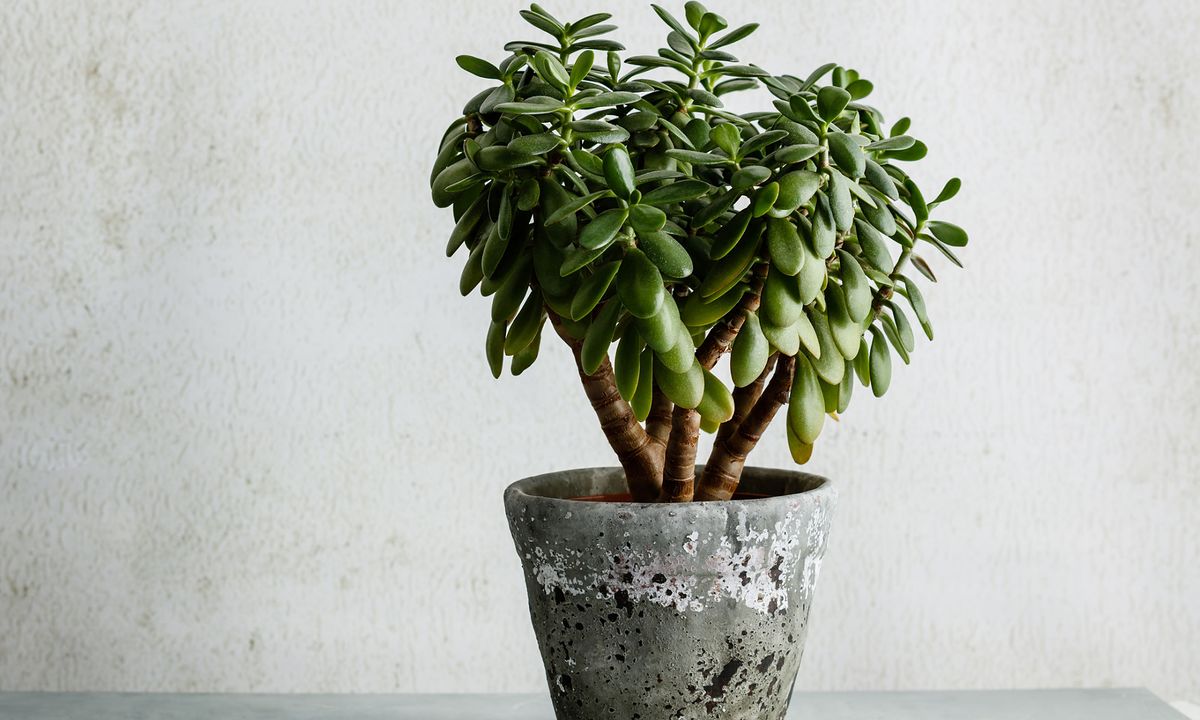
What are the jade plant types?
Crassula ovata is the most popular species of the jade plant. Its common names are directly connected to the characteristic shape of the leaves. Many think that they look like small coins. Hence, it is sometimes called the money tree.
Apart from that, one can find various jade plant types, for instance:
- Crassula ovata ‘Hobbit’ (‘Shrek Ears’)
- Crassula ovata ‘Sunset’
- Crassula ovata ‘Tricolor’
- Crassula ovata ‘Gollum’
- Crassula ovata ‘Gandalf’
It’s worth nothing that many of those species grow really tall in natural conditions. Some of them, as specialists stress, can reach up to the impressive 4 meters. But when grown as house plants, they are not as grand, so you don’t have to worry that they won’t fit your house.
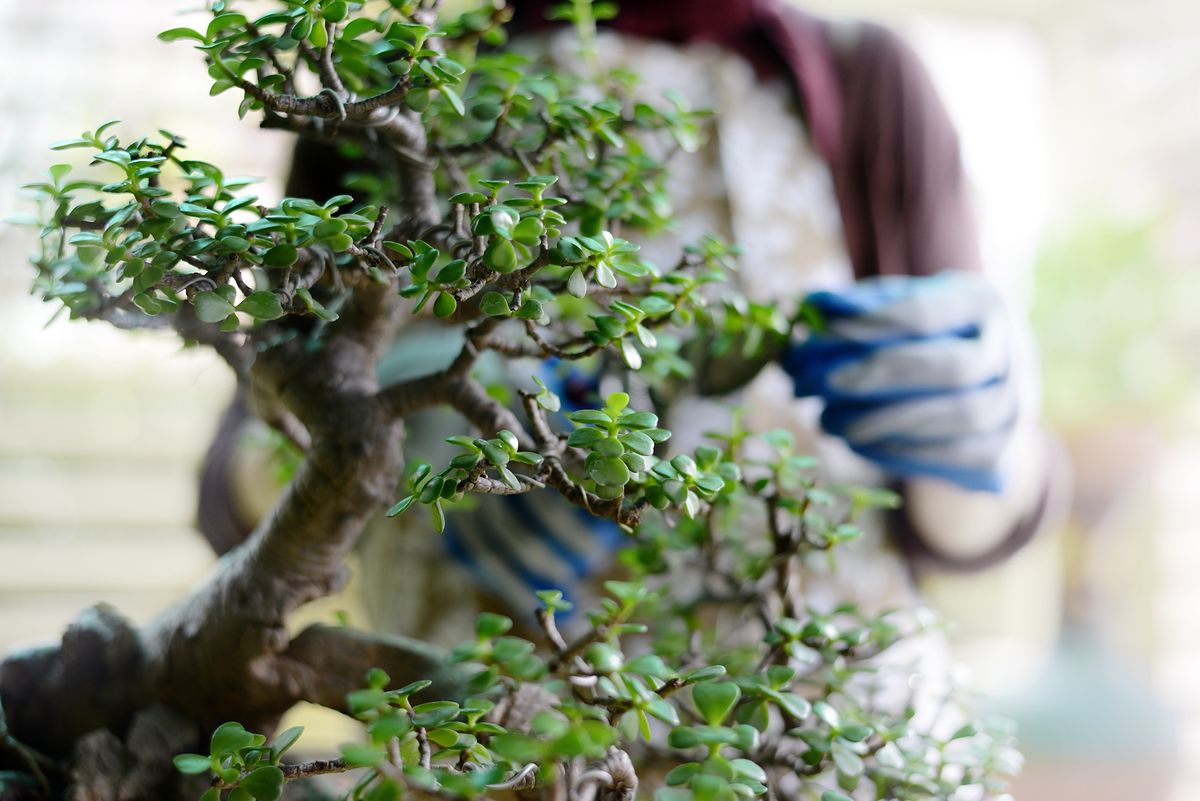
Jade plant care - how to do it?
Jade plant is a perfect plant for those who have just started their adventure with plants, and all they had been growing so far are fresh herbs on a kitchen windowsill. The jade plant is not very demanding. It just needs access to sunlight and a little water - best if filtrated.
Too intense watering is the biggest threat to a jade plant. So, don’t be overzealous in this matter. Supply the plant with water only after you notice the soil has dried.
If you want the plant to look beautiful, you can fertilize it once a month or every two months. Products for succulents are the best option, in this case. Make sure they contain phosphorus and potassium.
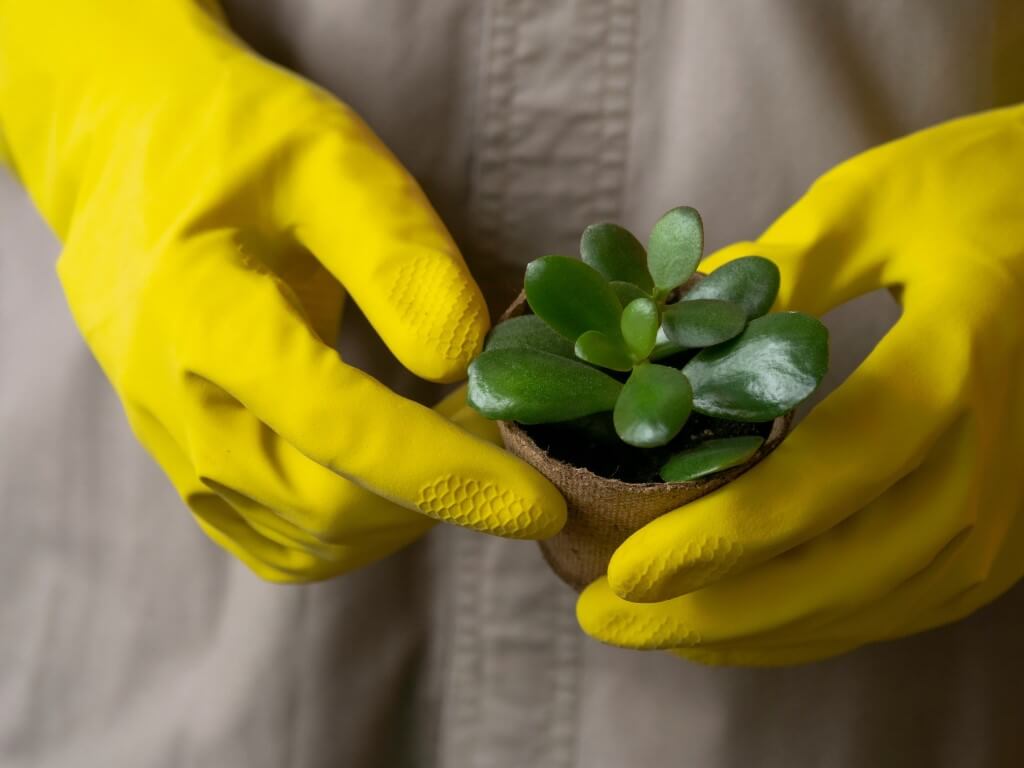
Can the lucky tree be trimmed?
The jade plant can be trimmed without any problems - this is the most common method for forming the plant. But do it rather as a cosmetic treatment. Crassula ovata is a slow-growing plant. If you cut off too many branches - you will have to wait long until you see the wanted results.
Spring is the best time for trimming the lucky tree. This way, you can count on a much faster growth than during other seasons.
When and how does the jade plant bloom?
Unfortunately, most jade plant owners have never seen their plant blooming. The lucky tree is quite whimsical and rarely blooms. It needs very good conditions for growth - and even with them, one cannot be sure it will ever bloom.
If you are very lucky and your jade plant blooms, you can expect small pinkish blossom. Jade plant flowers typically appear between autumn and winter. It’s hard to miss the moment.
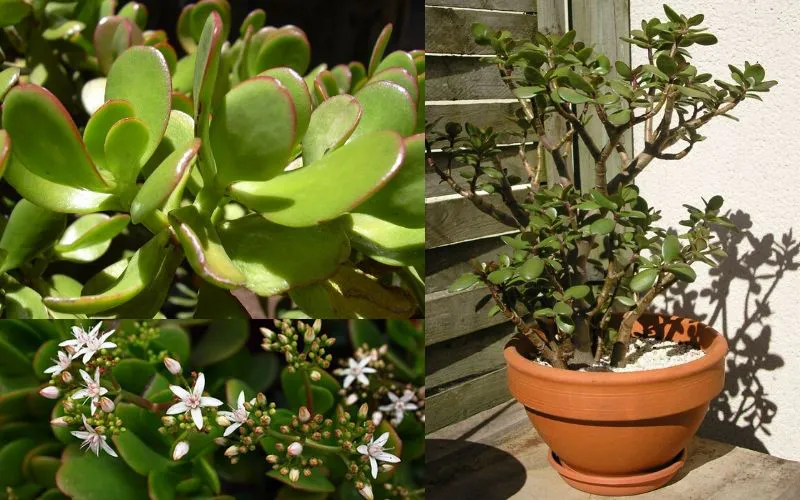
How to repot the jade plant?
Jade plant doesn’t need regular repotting. Typically, it’s done once every few years, which is more than enough. It’s because the lucky tree doesn’t grow too fast, and the roots don’t spread that much.
Those who grow jade plants professionally noticed that the lucky tree grows quicker if its roots are placed in a small container. For this reason, one doesn’t have to repot it too often.
As for the conditions in the new pot, the right type of soil is required. Cactus soil mix is the best option.
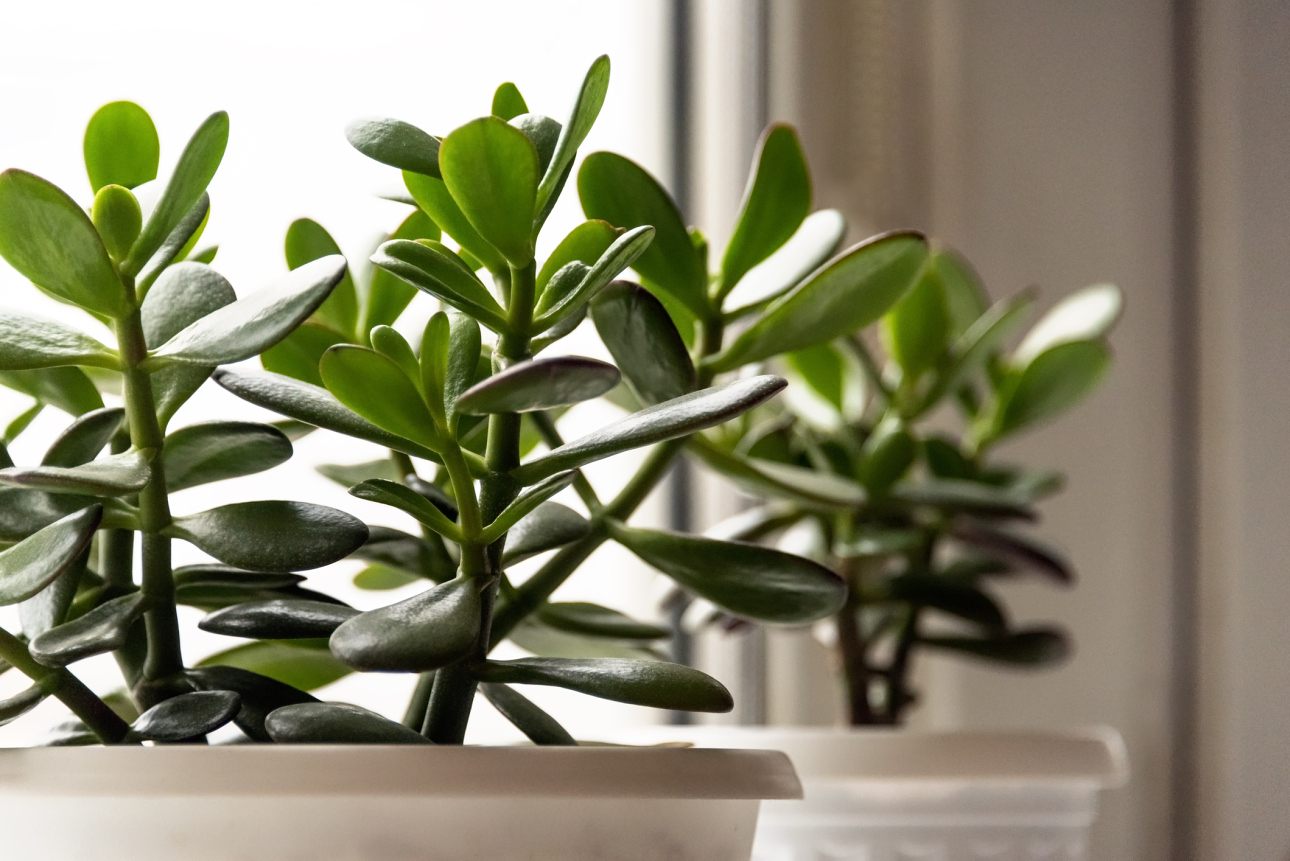
Is the jade plant prone to disease?
The lucky tree is quite a durable plant and it’s not prone to diseases. Too much humidity is the only danger. In this case, you will notice leaves dropping, which is a signal for concern.
The jade plant might also get attacked by pests. Scale insects are the most dangerous ones. You can notice their presence if the leaves suddenly become sticky. If so, wash them with water and household soap.
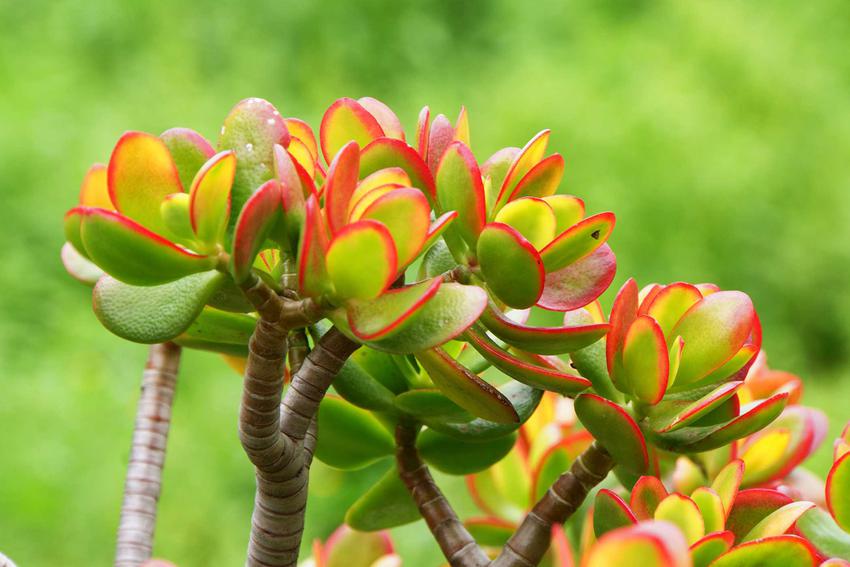
📍 How to care for a jade plant?
Jade plant care is not very complicated, but it requires regularity. The lucky tree needs a lot sunlight, and it doesn't mind a full sun exposure. The southern side makes the best conditions for Crassula ovata. The plant accumulates water in its leaves, so don't water it too often - just once a month.
📍 How to trim a jade plant?
The jade plant grows really slowly, but trimming is not an issue. After cutting, it develops new leaves, and the shoots are much more flexible that teh ones before cutting. Trimming of a lucky tree is beneficial for its health and helps in shaping it.
📍 How to shape a jade plant?
It's recommended to shape the jade plant right after trimming. As you form it to the right shape, secure the plant with a wire or a piece of string. Make sure to do it very delicately so that you don't damage the Crassula ovata.
Featured articles




